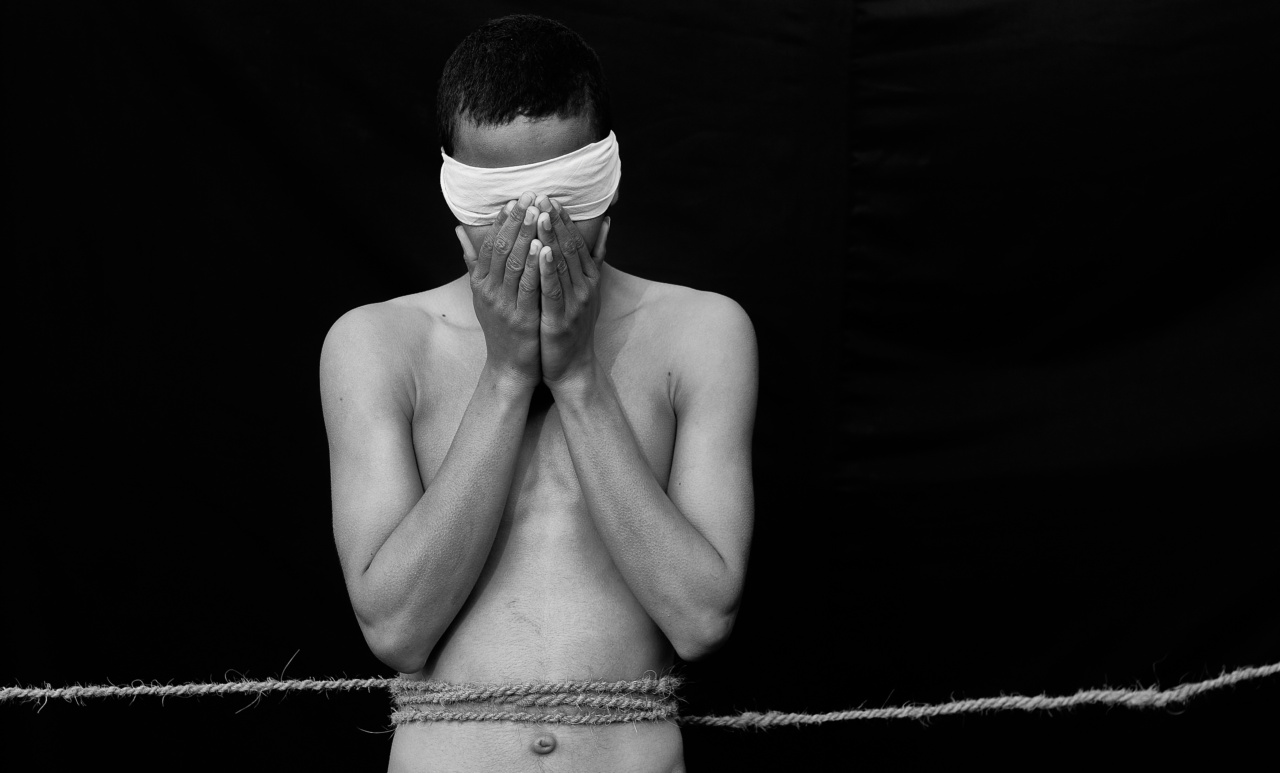In today’s society, discussions around body image tend to focus primarily on women and the pressures they face to achieve a certain standard of beauty.
However, it is crucial to recognize that men also grapple with body image issues and experience their own set of insecurities. The cultural emphasis on physical perfection affects both genders, highlighting the need to shed light on male body image struggles and the detrimental consequences they can have on men’s mental and emotional well-being.
The Rise of Ideal Male Body Image
In recent years, there has been a significant shift in the portrayal of the ideal male body in media and popular culture.
The notion of a perfect male physique has evolved from the average, healthy body to one that is hypermasculine and characterized by muscularity and leanness. Men are now bombarded with images of chiseled abs, bulging biceps, and sculpted chests, making it increasingly difficult for them to feel satisfied with their own bodies.
Social Pressures and Unrealistic Standards
Similar to women, men face tremendous pressure to conform to society’s unrealistic standards of physical perfection. From a young age, boys are exposed to images in the media that depict male models or actors with perfectly sculpted bodies.
Images of these idealized physiques are often accompanied by messaging that implies that attractiveness, success, and masculinity are directly linked to having a particular type of body. As a result, men feel compelled to strive for an unrealistic body shape, leading to feelings of inadequacy and self-doubt.
The Impact on Mental Health
The constant pursuit of an unattainable physical ideal takes a toll on men’s mental health. Men who are dissatisfied with their appearance may experience low self-esteem, anxiety, and depression.
The pressure to measure up to societal expectations often leads to unhealthy behaviors such as excessive dieting, over-exercising, and the use of performance-enhancing substances. These behaviors not only damage physical health but also exacerbate mental health issues, creating a vicious cycle of self-destructive habits.
Media Influence and Stereotypes
The media plays a significant role in perpetuating unrealistic male body standards. Advertisements, movies, and television shows often portray men with perfectly sculpted bodies as the epitome of attractiveness and desirability.
This constant bombardment of images creates a distorted perception of what is considered “normal” or “ideal” for men. As a result, men who do not fit into these narrow beauty ideals may feel marginalized, unattractive, and inadequate.
The Role of Social Media
Social media platforms have further exacerbated male body image issues. With the rise of photo-enhancing applications and filters, individuals can easily manipulate their appearance to create an idealized version of themselves.
This perpetuates the idea that physical perfection is attainable and creates unrealistic comparisons. As men scroll through their social media feeds, they are bombarded with images of seemingly flawless physiques, further fueling their insecurities and dissatisfaction with their own bodies.
Body Dysmorphic Disorder in Men
Body Dysmorphic Disorder (BDD) is a mental health condition characterized by obsessing over perceived flaws in one’s appearance. While both men and women can experience BDD, the specific concerns often differ.
In men, BDD tends to be centered around muscularity and body composition. Men with BDD may spend hours at the gym, constantly measuring and analyzing their bodies, and undergoing extreme diets or even resorting to cosmetic procedures. These behaviors can have devastating consequences on mental and physical well-being.
Breaking the Cycle and Promoting Body Positivity
It is crucial to challenge and redefine societal beauty standards. Men need to realize that there is no singular definition of attractiveness or masculinity.
Body diversity should be celebrated, and individuals should be encouraged to embrace their unique qualities rather than striving for an impossible ideal. Education and awareness campaigns can help combat the negative effects of media influence and promote body positivity by showcasing a more inclusive representation of male bodies.
Seeking Support and Communication
Men who are struggling with body image issues should be encouraged to seek support from friends, family, or professionals.
Opening up conversations about male body image is essential for reducing the stigma and creating a safe space for men to address their concerns. Additionally, mental health professionals can provide guidance and therapy to help individuals develop a healthier body image and coping mechanisms to combat societal pressures.
Conclusion
The struggle to achieve societal standards of physical perfection affects both men and women. Male body image issues should not be overlooked or dismissed, as they can have severe consequences on men’s mental and emotional well-being.
By challenging unrealistic beauty standards, promoting body positivity, and fostering open conversations, we can contribute to a more inclusive and accepting society where men feel comfortable and confident in their own skin.






























